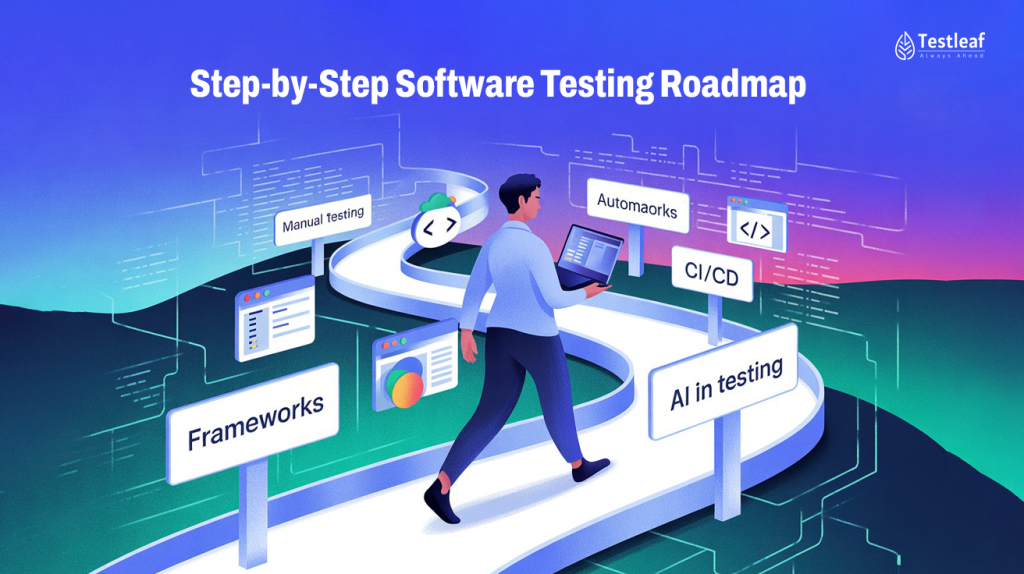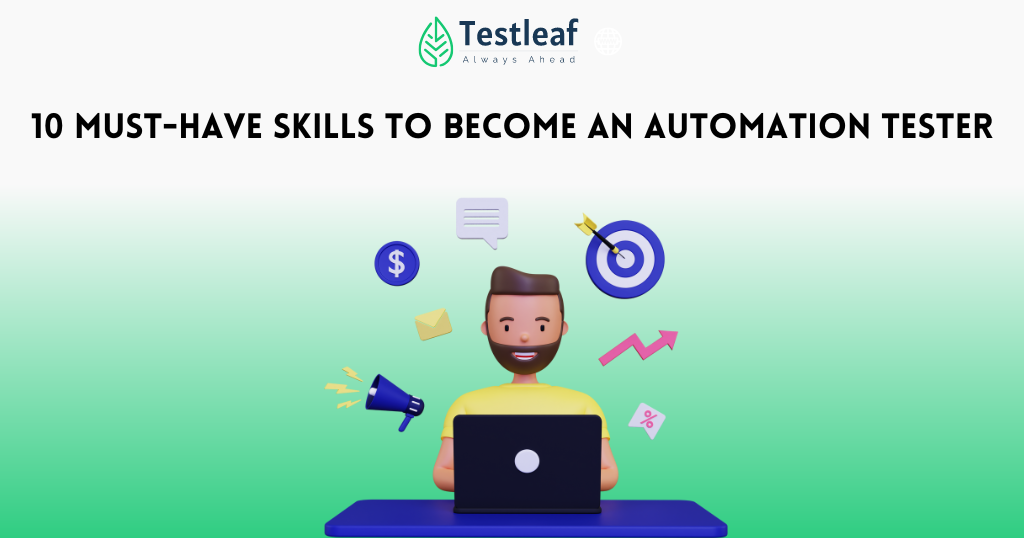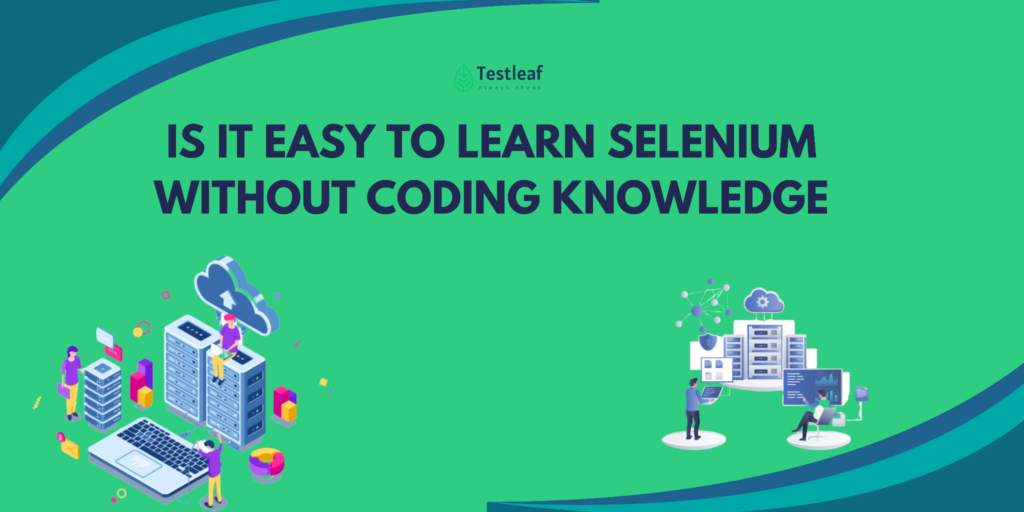If you’ve started your journey as a manual tester, congratulations — you’re already halfway there! Manual testing builds the foundation for understanding software behavior, user experience, and quality assurance principles. But in today’s fast-paced tech world, staying only as a manual tester isn’t enough. The industry is evolving rapidly, and automation and AI are leading the way.
In this step-by-step roadmap, we’ll guide you from Manual Testing all the way to AI-powered testing, showing you what to learn at every stage to future-proof your testing career.
1. Start with Strong Manual Testing Fundamentals
Before diving into automation, every tester must master manual testing. It helps you think like a user, identify usability issues, and develop an eye for detail that no automation can replace.
Here’s what to focus on:
· Understanding SDLC and STLC
· Writing effective test cases, test plans, and bug reports
· Performing functional, regression, and smoke testing
· Learning tools like Jira or TestLink
Once you’ve built a strong foundation in manual testing, the next step is automation — starting with the most widely used tool in the industry: Selenium.
2. Move to Selenium: The Automation Launchpad
Selenium is the most trusted tool in the automation testing world. It’s open-source, supports multiple browsers, and allows you to write test scripts in languages like Java, Python, or C#. For any tester aiming to move from manual to automation, Selenium is the perfect starting point.
Here’s what you’ll learn at this stage:
· Setting up Selenium WebDriver
· Working with locators (ID, XPath, CSS selectors)
· Automating workflows using TestNG and Page Object Model (POM)
· Executing tests in parallel and integrating with CI/CD pipelines To gain real-world experience, consider joining a structured Selenium training in Chennai that offers hands-on projects guided by mentors.
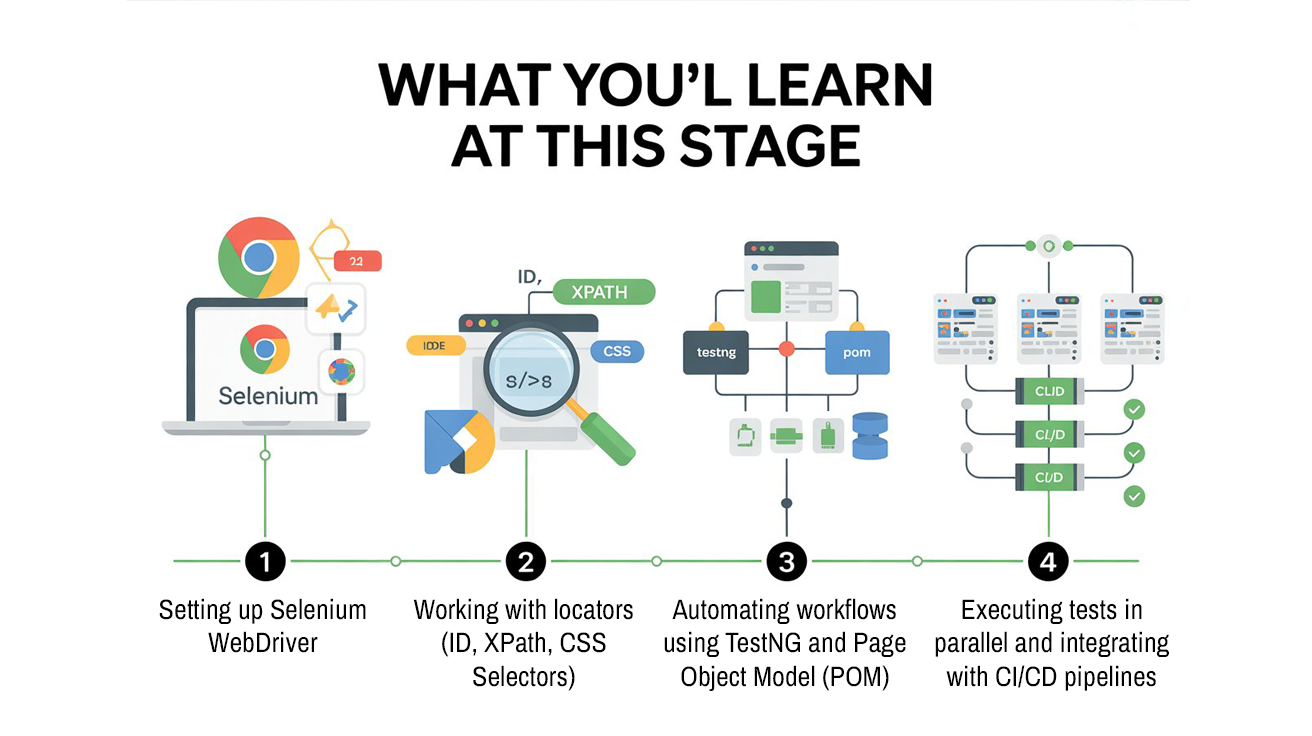
If you’re confused about which automation tool to choose, attend the masterclass 👉 From Manual to Automation — in Just 90 Minutes. Webinar/Masterclass
3. Learn Playwright: The Next-Gen Automation Tool
Once you’re comfortable with Selenium, it’s time to level up with Playwright, a modern testing framework developed by Microsoft. Playwright offers better speed, reliability, and multi-browser support, making it the preferred choice for today’s web applications.
Why Playwright?
· It’s faster and more stable than Selenium for dynamic web apps.
· It supports cross-browser and mobile web testing.
· It includes auto-waiting, trace viewer, and parallel test execution features.
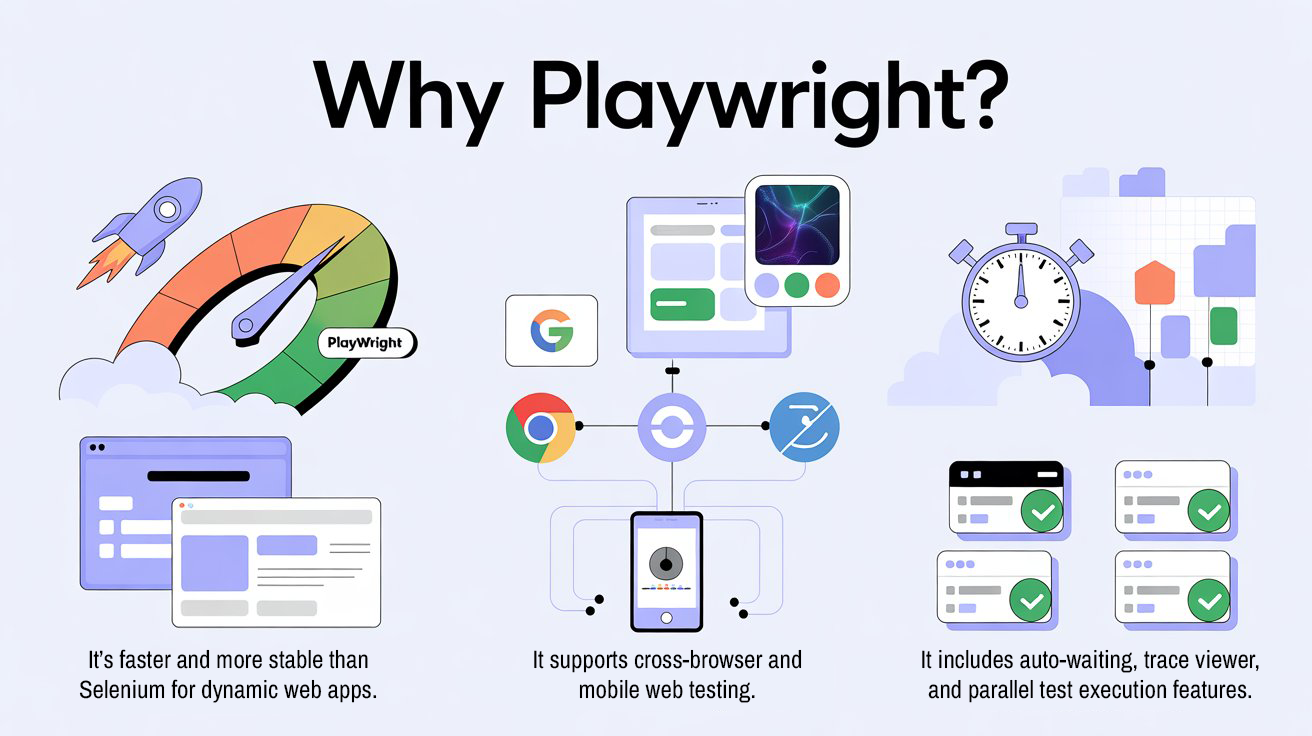
Key topics to learn:
· Installing and configuring Playwright
· Writing tests in JavaScript or TypeScript
· Handling multiple browsers — Chrome, Firefox, and Safari
· Capturing screenshots and running visual tests
· Integrating Playwright with CI/CD pipelines You can begin with a Playwright course online that helps you handle real-time automation challenges and framework setup.
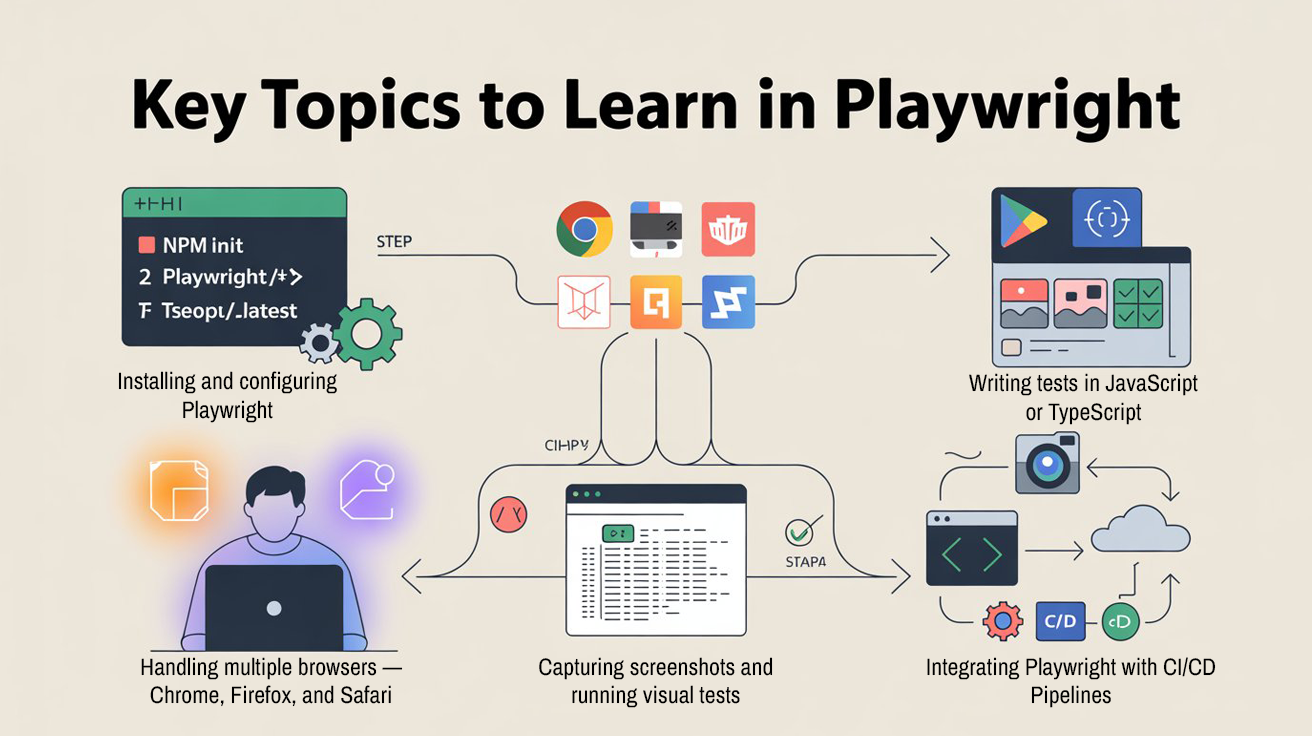
If you’re confused about which automation tool to choose, attend the masterclass 👉 Worried about your testing career in 2026? Webinar/Masterclass
4. Expand Your Skills to API Testing
Once you’ve mastered UI automation, the next step is to learn API testing, one of the most sought-after skills for QA professionals today. APIs (Application Programming Interfaces) connect different systems, and testing them ensures smooth communication between applications.
Here’s what you’ll need to focus on:
· Understanding REST architecture and HTTP methods (GET, POST, PUT, DELETE)
· Using tools like Postman or Rest Assured
· Validating responses, headers, and payloads
· Testing authentication mechanisms like OAuth and JWT
With rest API testing, you can validate core backend logic even before the frontend is built, making you a complete end-to-end tester.
5. Transition to AI in Software Testing
The future of QA lies in AI-powered testing. As applications get smarter, testing must evolve too. Artificial Intelligence helps automate complex testing workflows, predict defects, and enhance accuracy beyond human capability.
Here’s what makes AI testing revolutionary:
· Self-healing scripts that fix broken locators automatically
· Defect prediction models based on historical data
· Automated test case generation using AI models
· Visual validation powered by AI-driven comparison tools
Learning AI in software testing prepares you to use next-gen frameworks and tools like Testim, Applitools, and Mabl. Start with foundational concepts like machine learning, test data generation using AI, and agentic testing to stay ahead in the QA landscape.
If you’re already an automation tester and want to explore AI-powered tools, attend the masterclass for AI — 👉 AI Master Class for QA Professionals Webinar/Masterclass
Final Thoughts
Your journey from manual testing to AI testing isn’t just a career upgrade — it’s a transformation. Every phase you master — Selenium, Playwright, APIs, and AI — makes you a more adaptive and future-ready QA professional.
The testing world is evolving fast, but the demand for skilled automation testers is growing even faster. Stay curious, keep learning, and adopt new tools before they become industry standards.
If you’re serious about future-proofing your QA career, now is the time to learn, experiment, and grow. From manual testing basics to intelligent automation powered by AI — your journey starts today.
Stay ahead, stay relevant, and embrace the new era of AI in Software Testing — because the future belongs to testers who evolve with technology.
FAQs
1. What is the best roadmap for software testers in 2026?
Start with manual testing fundamentals, then move to Selenium, Playwright, API, and AI testing to build a full-stack QA skill set for modern automation.
2. Why should manual testers move to automation?
Automation saves time, improves accuracy, and boosts career opportunities. Learning Selenium and Playwright helps testers stay competitive in the evolving QA landscape.
3. How does Playwright differ from Selenium?
Playwright is faster, more reliable, and supports multi-browser testing with built-in features like auto-waiting and trace viewer — ideal for dynamic web apps.
4. What is the role of AI in software testing?
AI enables defect prediction, self-healing scripts, and automated test generation, making testing smarter, faster, and more scalable for enterprise applications.
5. Where can I learn these testing tools?
You can learn Playwright, Selenium, and AI testing through structured programs like Testleaf’s automation and AI testing courses designed for career growth.
We Also Provide Training In:
- Advanced Selenium Training
- Playwright Training
- Gen AI Training
- AWS Training
- REST API Training
- Full Stack Training
- Appium Training
- DevOps Training
- JMeter Performance Training
Author’s Bio:

Content Writer at Testleaf, specializing in SEO-driven content for test automation, software development, and cybersecurity. I turn complex technical topics into clear, engaging stories that educate, inspire, and drive digital transformation.
Ezhirkadhir Raja
Content Writer – Testleaf
